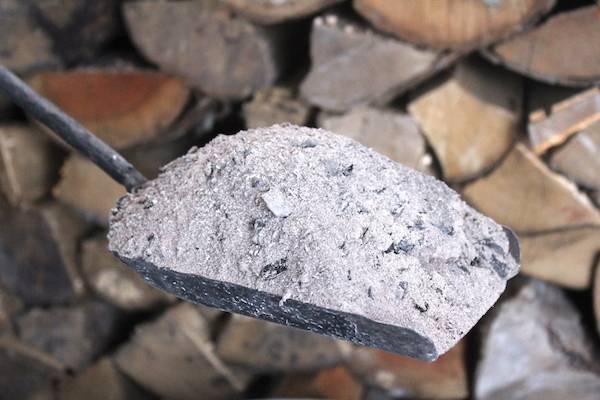
Winters are here and if you ever burn firewood to feel that warmth on a chilly night, then don’t throw the ashes, instead use it in your garden. There are so many surprising ways you can use wood ashes around your garden and home.
How to use Wood ash
Wood ash is similar to lime (also called calcium carbonate or ground limestone), which also increases soil pH. Limestone can take 6 months or more to change the pH of the soil, but wood ash is water-soluble and changes the soil pH rapidly. Apply roughly twice as limestone by weight.
The soil in the optimal range of 6.0 – 7.0 can handle 20 pounds or one 5-gallon pail of hardwood ashes per 1,000 square feet in a year, without raising the pH unduly. But, do not apply more than 20 pounds as high rates or wood ashes may cause short-term salt injury, so be careful with that.
One should wear eye protection, gloves, and a dust mask before broadcasting the ashes onto the soil, and do it on a dry windless day. Mix the ashes thoroughly into the soil before planting. Wash off any ashes that have settled on actively growing plants to prevent burning the foliage.
Amending Lawn and Garden Soil
Readily available wood ash is a source of potassium, calcium, and magnesium which are essential for plant health. The use of wood ash is common to increase the pH of the soil. But it is also very important to know when to use wood ash and when NOT to use wood ash. Get a free soil test. Soils in the pH range of 6.0 – 7.0 are optimal for most lawns and garden plants. Some selected plants prefer soil with a lower pH (acidic) and certain plants grow better in soil with a higher pH (alkaline).
When to add wood ash
Add wood ash when the soil pH is too low (falling below 6.5). Magnesium and calcium availability are reduced, for example – Tomato blossom end rot is caused by a lack of available calcium in the soil.
When NOT to add wood ash
There is no need to add wood ash if your soil is already alkaline with a pH greater than 7.0 because if you add wood ash to it, you will hurt your plants or even kill them. Many plants cannot take up if the soil pH is high, for example – trees will have yellow leaves (chlorosis); some vegetables and fruit trees will also suffer. To lower the soil pH, elemental sulfur is used.
If your soil is already in the optimal range of 6.0 – 7.0, you do not want to mess with the
Don’t put ashes around acid-loving plants like blueberries, rhododendrons, azaleas, and holly, because wood ash will raise the pH and make the soil less desirable to those plants.
Repel Slugs
Lightly sprinkle around vulnerable plants as wood ashes will irritate slug’s moist bodies and repel them. But this effect will disappear after rain or irrigation which dissolves the ashes.
Melt ice and provide winter traction
You can spread it on walks and driveways, as it will melt ice and provide traction. Although, they don’t work quite well as salt, and they can be messy if you don’t prevent the ashes from getting tracked inside your house, but they are free and won’t damage animal paws and paved surfaces.
Reduce or Remove Oil Stains on asphalt, stone, and cement
Clan Glass and Metal
Unbelievable but hardwood ash can be used to clean grease, grime, and tarnish on glass, silverware, ovenware, grills, and glass stovetops, and also, gummy residues left by stickers and labels. Just simply dip a damp cloth in wood ashes or make a thick paste of ashes with a little water and scrub lightly with a cotton cloth. Then rinse away with plain water and another cloth. Always wear gloves before these scrubbing tasks to avoid caustic burns. Vigilantly handle and manage wood ashes and store them in a metal container set on dirt away from any combustible surface.
Be Safe!

















